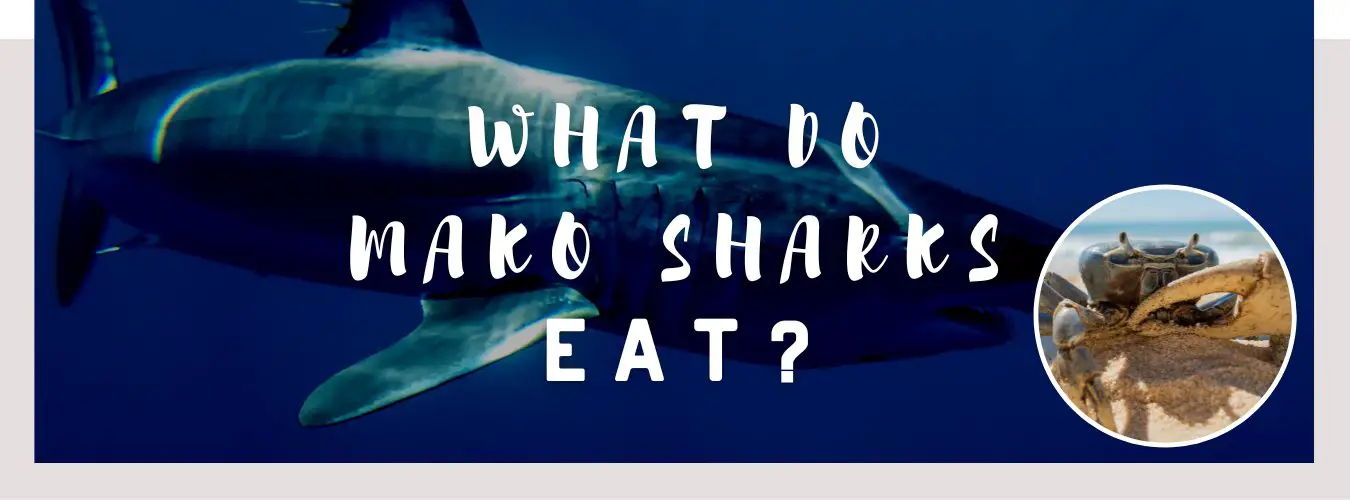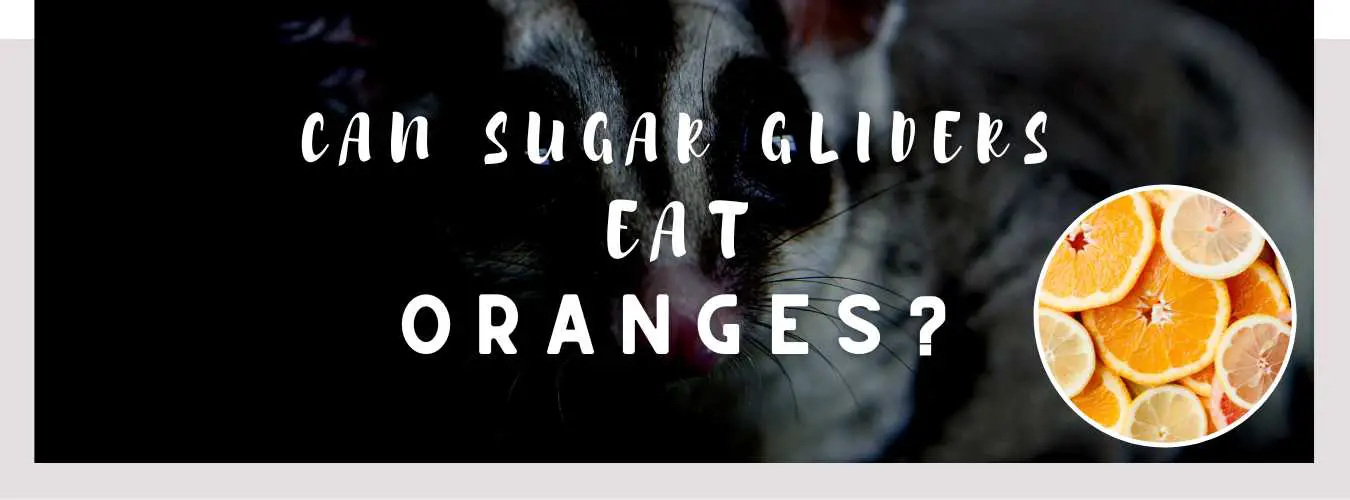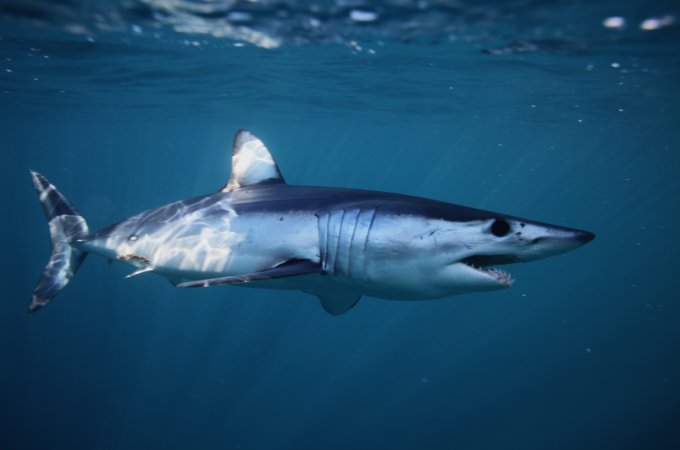
Mako sharks are known for their high-speed swimming abilities and sharp teeth. They are also known as the “cheetahs of the sea” due to their fast and aggressive behavior. As top predators, they have a diverse diet that ranges from small fish to large marine mammals.
What Mako Sharks Prey On
Mako sharks primarily feed on a variety of prey including fish, squid, and crustaceans. They are known to attack large schools of fish such as tuna, mackerel, and swordfish. They also feed on squid and octopus and have been known to attack seals, sea lions, and even small whales. Mako sharks have been seen hunting cooperatively in groups, which allows them to take down larger prey more efficiently.
You might also like: What Do Goblin Sharks Eat?
What Factors Determine the Mako Shark’s Diet
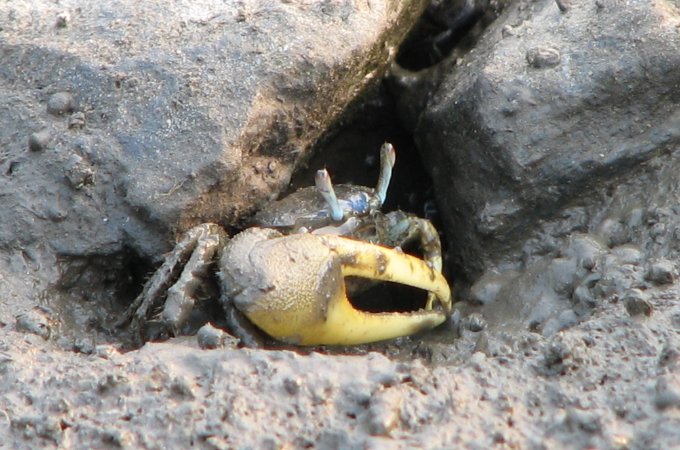
The mako shark’s diet is determined by several factors, including the shark’s size, age, and location. Juvenile mako sharks feed primarily on small fish and squid, while adult mako sharks are known to consume larger prey such as tunas, sea lions, and whales. The location of the mako shark also influences its diet, as different regions have varying amounts of available prey. For example, in the coastal waters of California, mako sharks feed on anchovies, sardines, and other small fish, while in the open ocean, they feed on larger prey such as tuna and squid.
How the Mako Shark Hunts Its Prey
The mako shark is an aggressive hunter that uses its high speed and powerful jaws to capture its prey. They are capable of reaching speeds of up to 60 miles per hour and use their sharp teeth to bite and tear their prey apart. They are known to make sudden, sharp turns to catch their prey off guard and then use their powerful jaws to grab and hold onto their prey. Mako sharks are also known to swallow their prey whole, which is facilitated by their flexible jaw structure.
You might also like: Do Sharks Eat Manatees?
How the Mako Shark’s Diet Affects Its Population
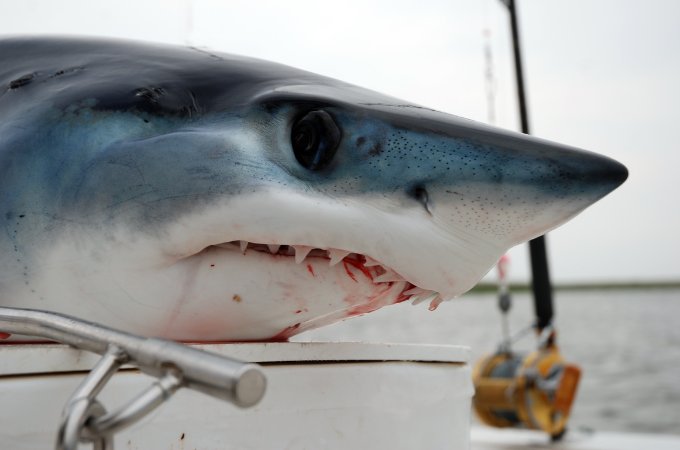
The mako shark’s diet has a significant impact on its population. Overfishing and hunting of mako shark prey such as tuna, mackerel, and swordfish can lead to a decline in their food supply and, in turn, a decline in the mako shark population. Additionally, mako sharks are often caught as by catch in commercial fishing operations, which can further reduce their population. The decline in mako shark populations is a cause for concern, as they play an important role in maintaining the balance of the ocean’s food chain.
Conclusion
In conclusion, mako sharks are powerful predators with a diverse diet that includes fish, squid, crustaceans, and even marine mammals. The shark’s diet is determined by several factors, including size, age, and location. As a top predator, the mako shark plays an important role in maintaining the balance of the ocean’s food chain. However, overfishing, hunting, and commercial fishing operations can negatively impact the mako shark population, which is why it is important to protect and conserve these magnificent creatures.

